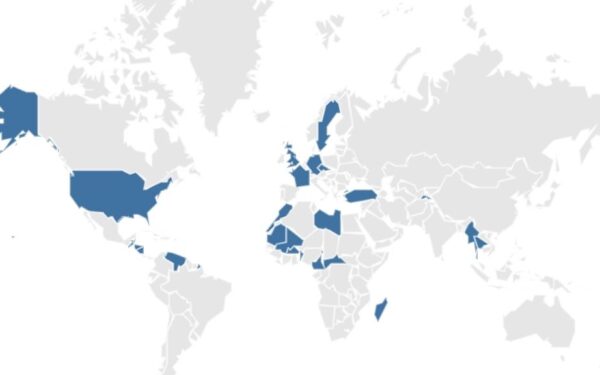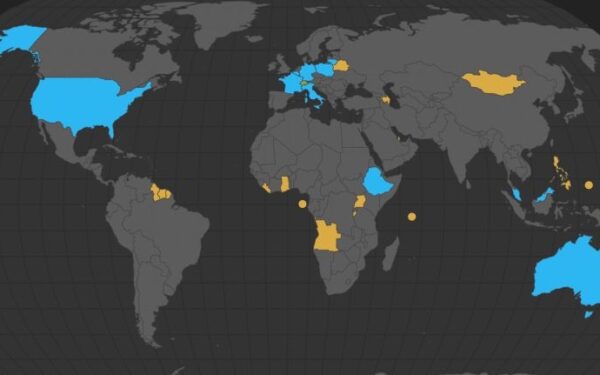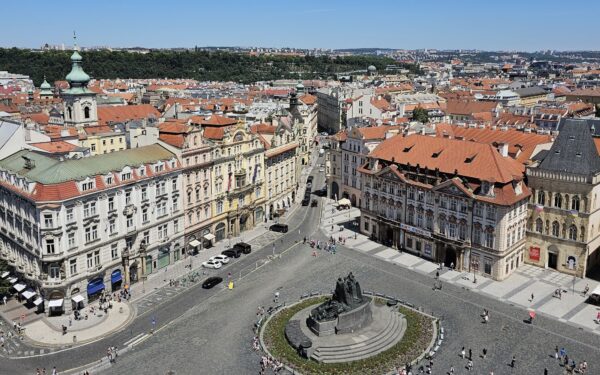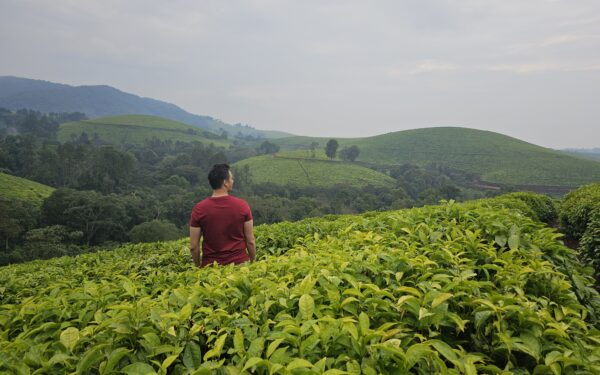Travel report: Hungary
Date of visit: summer 1993
I was maybe seven or eight years old, when I visited Hungary for the first time. Together with my mother, my aunt and my cousin I traveled a few days through the country by car and visited Budapest and Lake Balaton. That makes Hungary my country number 7/197.
However, I neither remember the date correctly nor what happened on that trip. The only situation I remember is that in Budapest a scaffold crashed while I was sitting beneath. A big wooden board, on which the construction workers were standing, fell right on my head. Fortunately, nothing serious happened and I got away with a shock and a bump.
I wasn’t the only one who got hurt. Some construction workers, who were standing on the construction site, fell a few meters down to the ground. My mother asked them if she should call the ambulance. But the men refused. They said that they had to climb up again because otherwise they would not earn any money.
As a kid I could hardly believe that something like this was possible. It was the first time in my life that I realized that not all countries in the world are what we call the first world.
Budapest 26 years later
It took more than 26 years until my second visit to Hungary and times have changed in the meantime. Budapest is now a city whose infrastructure is on a Western European level. The city is also clean and looks a lot better maintained than most capitals a little further east.
It is interesting that it took me so long to make another trip to Budapest. Because very quickly I realized that I had ignored this city for too long. The Hungarian capital is one of the most beautiful cities in Europe with many things to do, a great restaurant scene and vibrant nightlife. I was happy to be back!
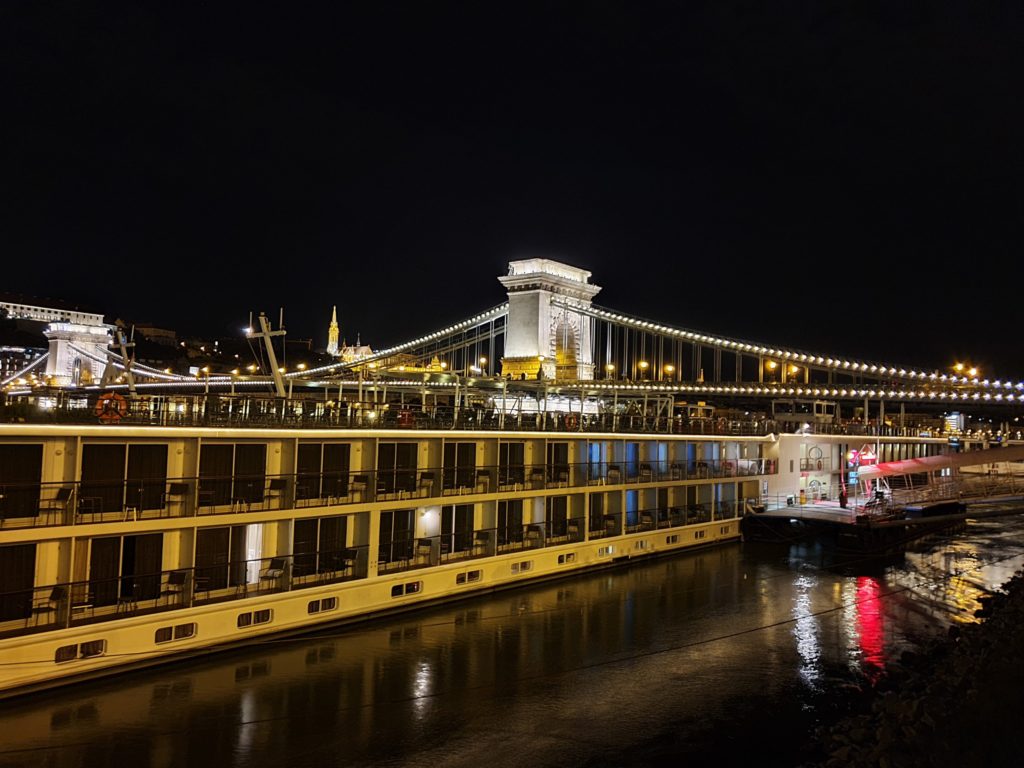
After a lousy customer experience with the Hungarian airline WizzAir, Pat and I started our trip in Budapest on Friday evening with traditional goulash and some drinks. All hell breaks loose in the city after 9pm. The streets, bars and pubs are full of Hungarians and tourists. Budapest has become one of the most visited cities in Europe and many come for the nightlife. There are a lot of bars, pubs and clubs in the city center that attract party animals from all over Europe.
For me personally, the nightlife was secondary. More important for me was to see Budapest. Unfortunately, it was a bit difficult the next day, as the weather was terrible. It rained non-stop and the city was covered in a thick layer of fog. We tried to do our sightseeing program anyway. Under these weather conditions, however, it made no sense, and we finished it after our first stop, the fisherman’s bastion.
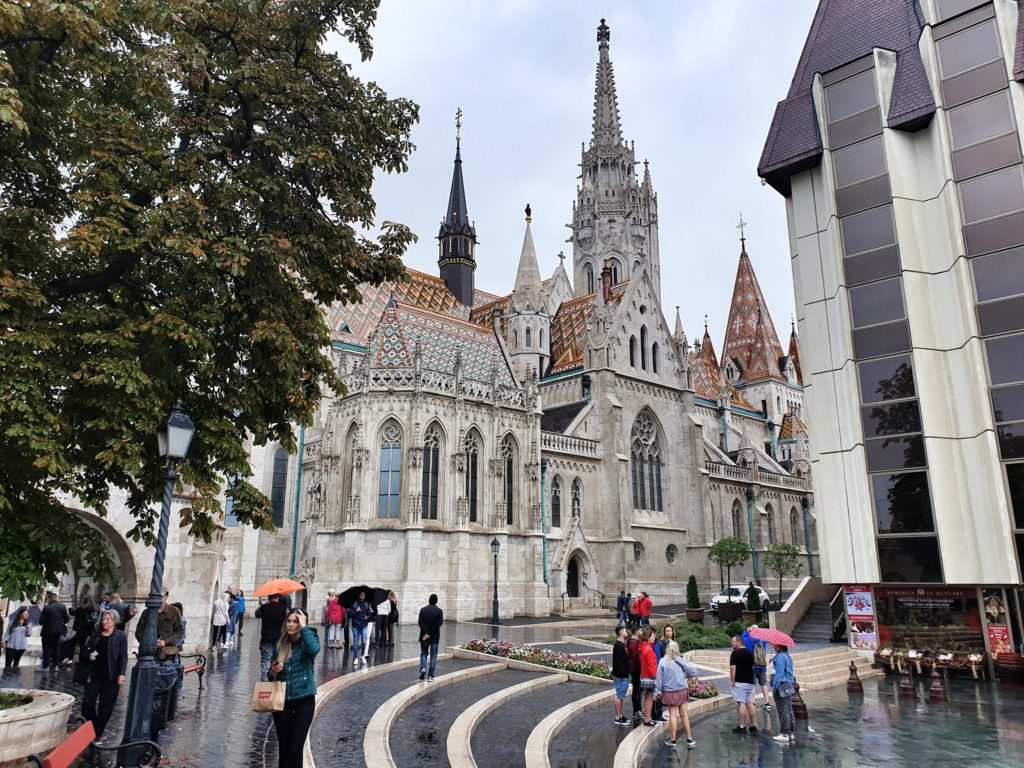
Fortunately, Hungary also offers some indoor activities. So on this rainy Saturday we visited the West End Mall and Szimpla Kert, one of the most interesting bars I have seen recently. It was a lost day though. Nevertheless, you should never judge a city by the weather. Almost every city is dull when the weather is bad. You might ask why I am writing this. Because I keep reading how people thought a city was shitty “because it rained all the time”.
The real sightseeing day began the following day. The sun was shining and the temperatures were pleasant. You couldn’t say either the day before. Pat had meanwhile traveled home and I still had the full day to explore the city. When I go to new places, I always google first if there is a rooftop bar with great view. Fortunately, there are several in Budapest. The most famous is probably the High Note Sky Bar in the Aria Hotel, so I decided to have a coffee there.
Although there were only four other guests there besides me, the seven employees needed almost a quarter of an hour to serve me the coffee. But the bar was worth the wait. It really provides a beautiful view over the streets of Budapest. The bar itself is also quite picturesque.
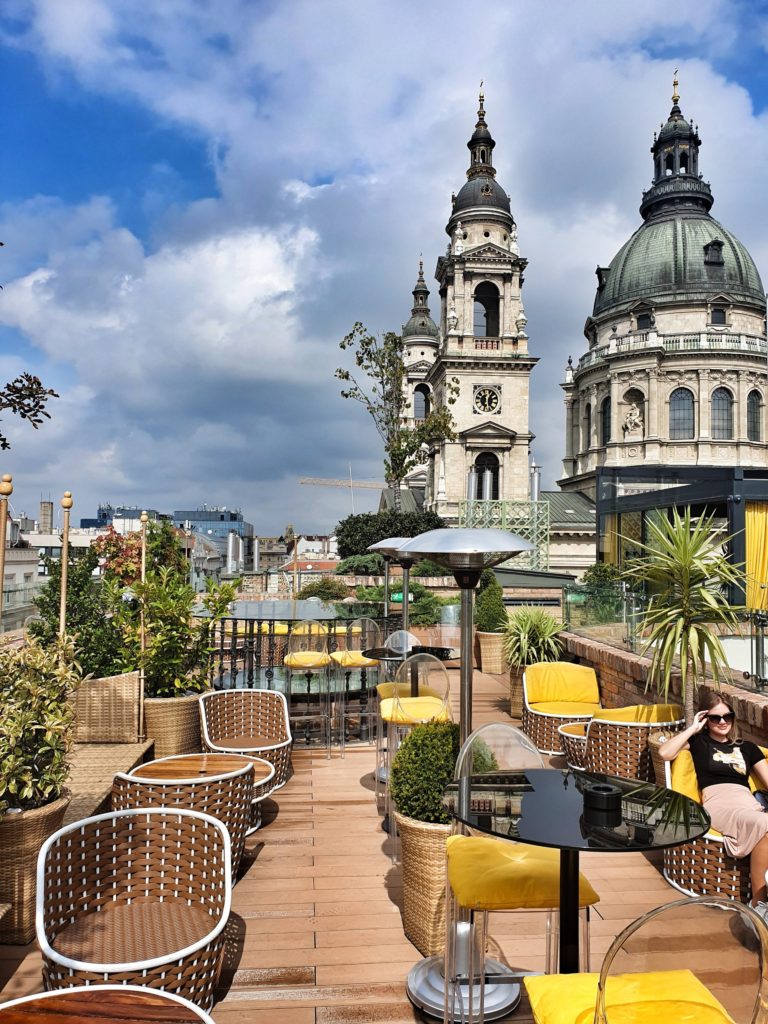
Afterwards I made the usual sightseeing tour over the Chain Bridge to Buda, from there to fisherman’s bastion, afterwards to Buda Castle, then Gellert Hill up to Citadella and finally walking back across the Elisabeth Bridge to Pest, where I spent some more hours in the city center.
The highlights on this tour were certainly the fisherman’s bastion or to see Budapest from the upper funicular station. But also the view from Gellert Hill and the crossing of the two beautiful bridges were worthwhile. Not enough time was left for the Heroes Square and Szechenyi Bath, the colorful thermal baths that you can see regularly in your Instagram feed. Maybe next time I’ll be able to visit these two places.
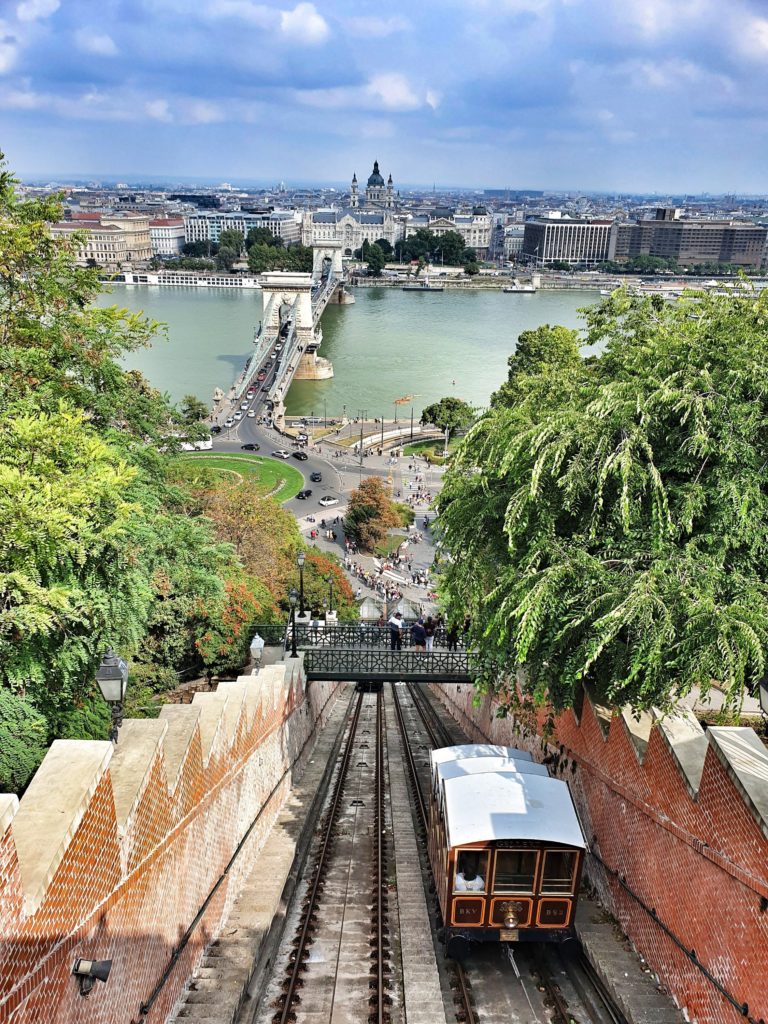
If you believe the media coverage in Western European countries, you would think that Budapest’s streets are filled with right-wing extremists. After all, Prime Minister Victor Orban has become a bogeyman for many Western politicians due to his restrictive migration policy. The picture on the street in Budapest, however, is quite different. It is a multicultural city (on the one hand by tourists and on the other hand by expats) with a very international flair.
The English level of the inhabitants is very high. Whether taxi drivers, waiters, vendors or passers-by on the street, practically everyone seems to speak English here. This makes sense as there is a lot of tourism and the Hungarians are proud of their capital. “Budapest was awarded as the best travel destination,” a taxi driver told us (although he couldn’t tell us who gave this award).
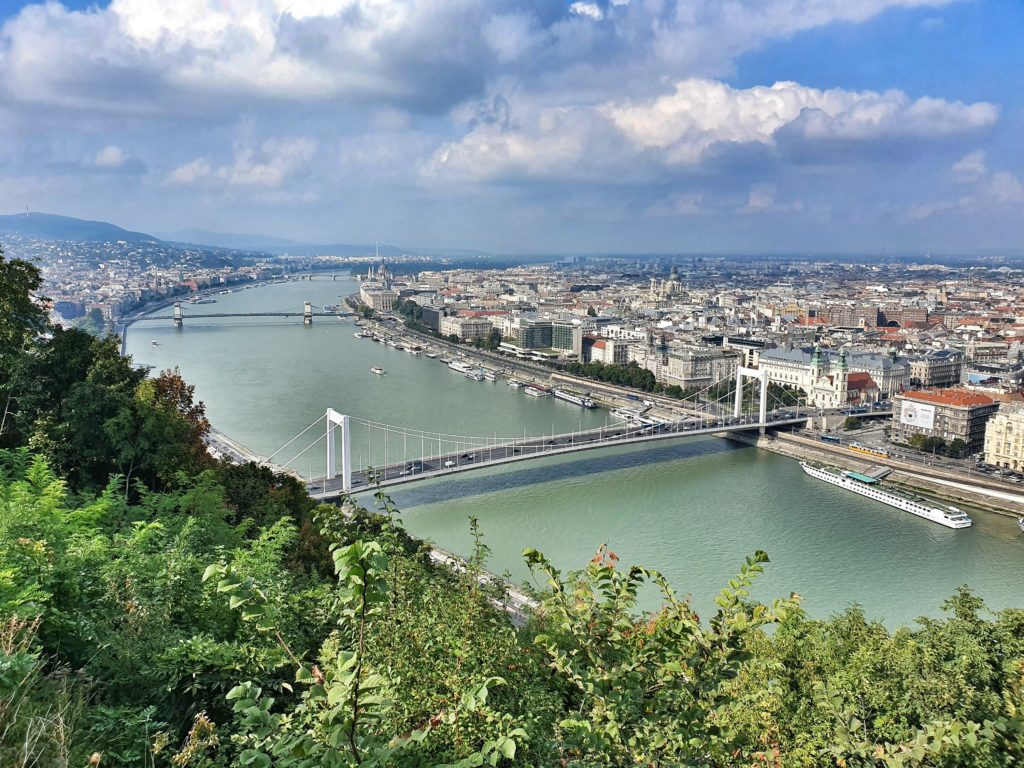
Other taxi drivers also enjoy tourists because they can be ripped off. If you do some research on the internet, you will find many reports of people paying overpriced taxi fares. Unfortunately, it also happened to us. In the evening we got into a taxi and didn’t notice that the driver had a manipulated taximeter. The five-minute drive suddenly cost 25€ instead of the usual 6€. It was an absolute rookie mistake from us. Not particularly bad from a financial point of view, but still annoying.
But this is the only negative I can tell about Budapest. Because Budapest is a magnificent city, one of the best capitals in Europe. I haven’t seen Warsaw yet, but otherwise I would call Budapest the most interesting capital of the Visegrad countries. Definitely better than Bratislava, also better than Prague. Other capitals nearby, for example Ljubljana or Belgrade, can’t quite keep up either. Only Vienna, also not far away from the Hungarian capital, I would consider to be the slightly more attractive city.
I left Budapest in the evening and headed home again. Two days were unfortunately a bit too short for this wonderful city and I would have liked to stay another day or two longer. Since I didn’t have enough time to see everything in Budapest, I have a good reason to come back as soon as possible though.
Hungary as a travel destination
Tourism in Hungary is similar to many other Central and Eastern European countries: tourists mainly visit the capital. Budapest is and remains the main attraction of the country. According to Wikipedia, about 10 of the 27 million hotel nights are spent in the capital. The second main attraction is Lake Balaton, the largest lake in Central Europe. Another 5 million hotel reservations are for this region.
What else can you do in Hungary? There are also 8 UNESCO World Heritage sites throughout the country. Plus other picturesque cities to visit. It es even possible to visit some of them on a day-trip from Budapest. Hungary should also be a dream destination for people who love thermal baths. After all, no other country in the world has more thermal baths than Hungary.
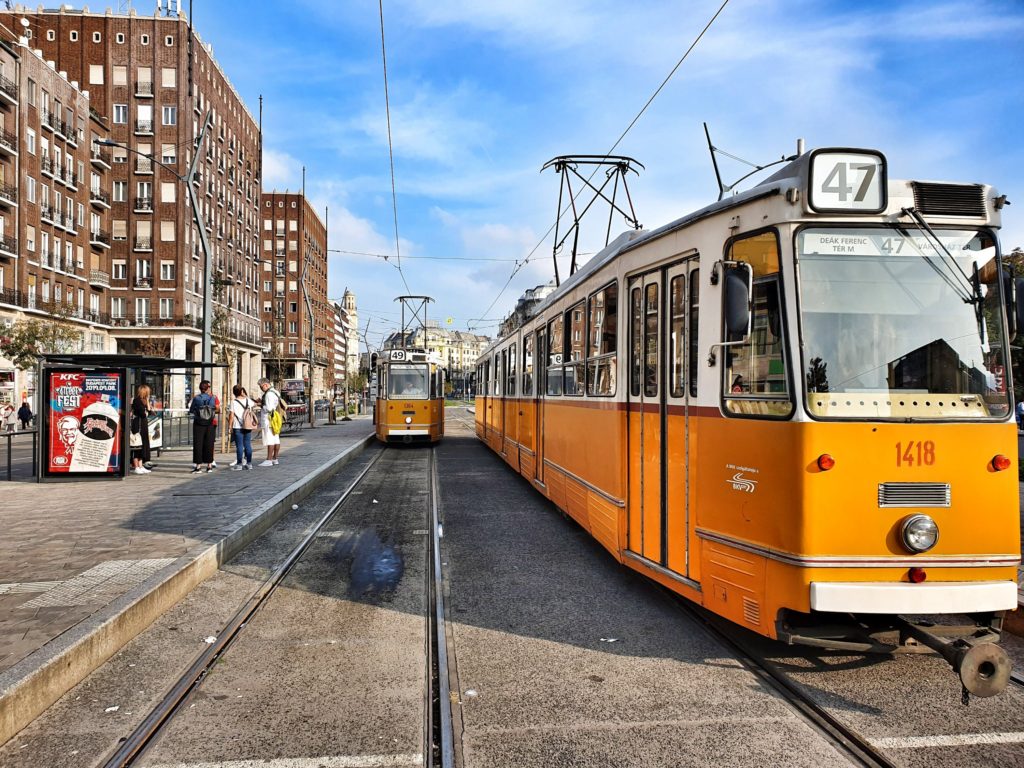
I don’t think Hungary is a country where many people go on a two-week round trip. The competition in Europe with countries like Spain, France or Italy is probably too big for that. Nevertheless, I recommend everyone to have seen the capital at least once. Because although Hungary cannot rival the European heavyweights just mentioned, Budapest plays in the same league with the capitals of these countries.
Find the travel reports of the other countries I’ve visited here!
